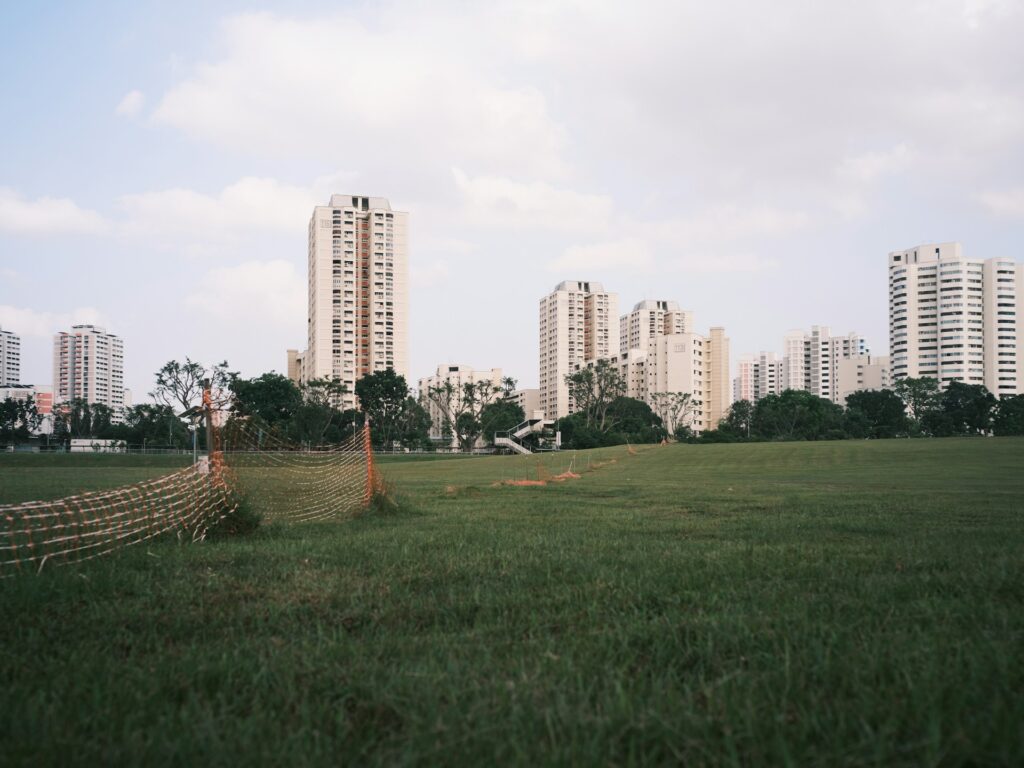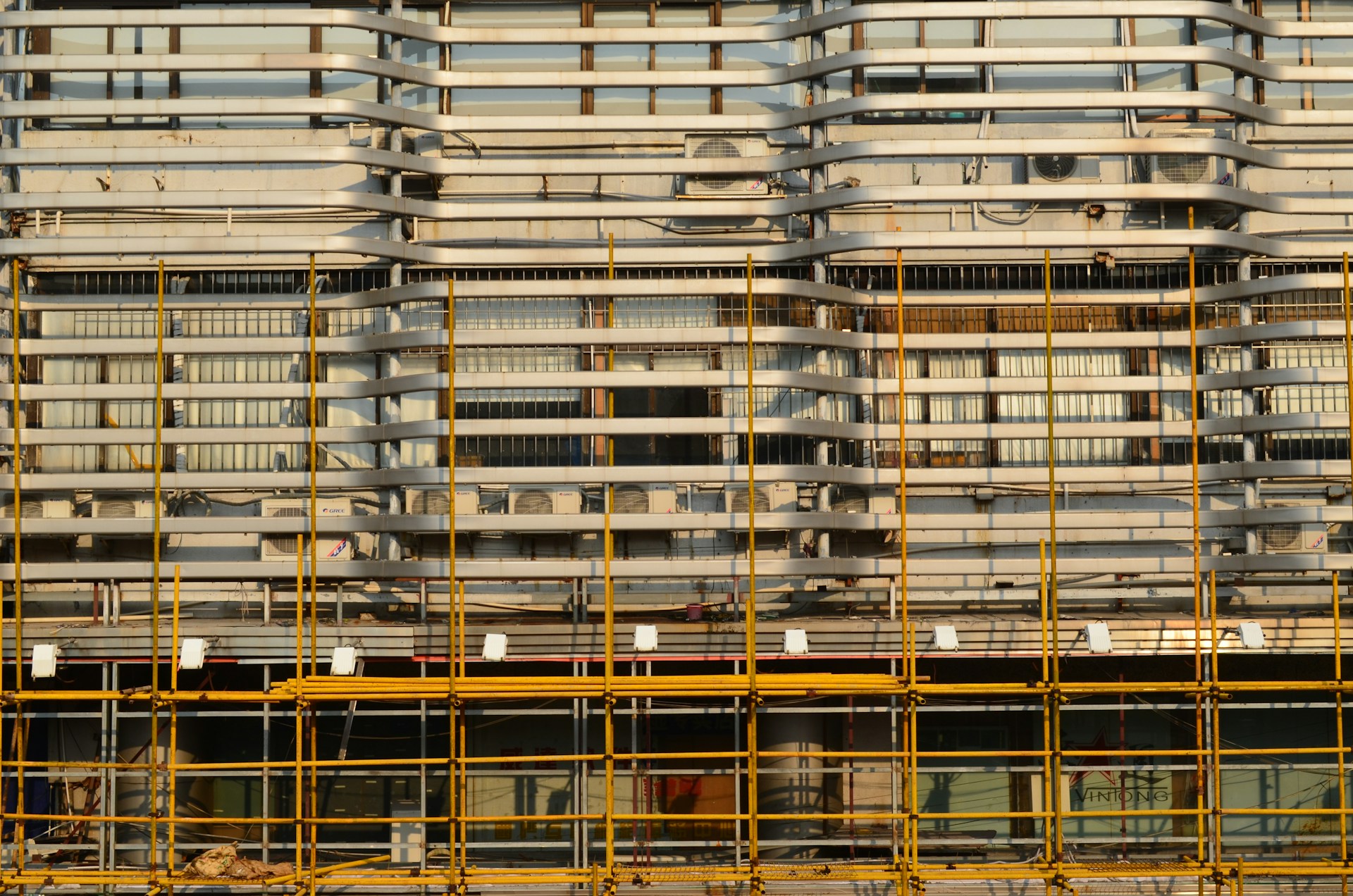Mixed-Use Developments and Impact on Housing Prices
Integrated or combined structures are now the most popular variants of contemporary urban design
that combine living, business, and leisure facilities.
In this respect, they have taken up the mantle of creating better places to walk and which have an almost organic effect on the physical fabric of cities and larger metropolitan areas.
But they also introduce multiple interactions into cost settings and their relation to affordability and housing accessibility.
This blog looks at mixed-use developments, how it influences cost of housing, and the impact they have for sustainable city development.
What is a Mixed Use Development?
Combination uses involve arranging several or several different functions – residential, commercial,
office, leisure– in one complex or area.
All these developments seek the establishment of active new towns, towns that can effectively support the lifestyles of the people in them thereby minimizing their rush hour commuting.
Features of Mixed-Use Developments:
1. Vertical Integration:
Syncing both the residential places and commercial places inside a single structure.
2. Horizontal Integration:
Planning towns with micro cities for the residential, business, and leisure purposes.
3. Public Spaces:
Adding parks, plazas and cultural centers viewing to improve community participation.
4. Transit-Oriented Design:
Developing real estates near transport channels to enhance accessibility.
Some of the ways developed through the modern cities such as New York, Singapore, and London is the
mixed use of the development in order to deal with density in the cities and rectify the problems associated with development.
Even though those projects improve quality of life and decrease adverse impacts on the environment, they have some effects for housing accessibility.

Exploring the Effects of Mixed-Use Developments on Housing Prices
New urbanism is revealed to affect housing costs partly in a positive and partly in a negative manner due
to the features of mixed-use developments such as place, structure, and prevailing economic forces.
1. Increased Property Values
There is often an improvement of the status of the areas in which such integrated projects are undertaken due to innovative facilities and active interactions.
This desirability is usually likely to push up the price and value of property, and thus the price of housing.
They get to work, eat, shop and exercise while getting fresh air; factors that give prestige to the areas making it even more costly to live there.
2. Gentrification Concerns
Occasionally the construction of mixed-use development schemes may have applicants who displace lower-income populations when prices for housing or rents increase.
This is especially so when the areas under development are already established urban cities with high and values.
Regarding to the level of importance, the development of such activities is most important in the areas where the land values are high.
3. Improved Housing Supply
That on the positive side, mixed-use developments bring on to the market more housing options, especially in the densely populated areas.
When combined into commercial areas, these developments can help to meet existing housing deficits and in the long-run help to adjust housing prices.
4. Cost Savings through Convenience
From the viewpoint of the inhabitants it is possible to find that the increase of housing cost can be
compensated by the decrease of transportation costs and easier access to the surrounding facilities.
Being able to walk to almost all necessary demands fosters the element of car-less or at best, short
range commute which contributes to the element of cost.
Mixed-Use Developments: Balancing Affordability and Sustainability
To optimise the opportunities for MUDs while minimising the ability of such developments to crowd out
or otherwise increase the price of housing, cities and developers should ensure the following.
1. Inclusionary Zoning Policies
Western governments can require that a certain percentage of homes contained in mixed-use buildings
be set aside for low-income earners.
This means that a greater number of the target groups with every level of income will be benefited by these communities.
San Francisco, for example, has been able to use inclusionary zoning to sustain socio-economic diversity to the extent of preserving the concentration of poor people in particular cities but not necessarily their households.
2. Public-Private Partnerships
Intergovernmental cooperation between development firms and local authorities enables the
development of affordable housing elements in versatile projects.
Only subsidies, tax incentives, and grants can help developers to provide low-cost housing stock while still being able to make profits.
3. Innovative design approaches
More broadly, it may be possible to avoid unnecessary costs by constructing small, compact yet highly
flexible housing forms and including inhabitable spaces built in conjunction with the hardware for residential occupancy.
Such components as prefabricated construction techniques in modular construction also make housing within mixed-use more affordable.
4. Focus on Secondary Cities
To prevent aggravation of the problem of housing costs in the large densely populated cities, the
planner can encourage mixed land use in the secondary cities.
It also assists in spreading economic activity and lessens load on the metropolitan housing sector.
5. Emphasizing Public Spaces and Community Services
As one will notice, there are also some ideas of emphasizing public spaces and community services.
Thus investing in the public domain like parks, libraries and health facilities ensures that mixed-use
developments, are for everyone.
Some of these shared facilities can balance the aristocracy so frequently seen in cities with high costs of living.
Conclusion
Mixed-use developments is slowly revolutionalising the life in urban centers through bringing proponents such as convenience, sustainability and social interaction.
Despite the fact that they are likely to push up property prices as well as the cost of houses, their impacts can somehow be regulated.
With such an approach to the choice of priorities and sticking to affordable, accessible, and inclusive, cities can effectively use potential mixed-use development for achieving positive, finally balanced models of urban development.
While these shifts progress in and continue to redefine the urban landscapes of cities globally, the inclusiveness of housing costs in the drive towards achieving sustainable and progressive urban future cannot be overemphasized.
Also read: The Role of IoT in Smart Cities

